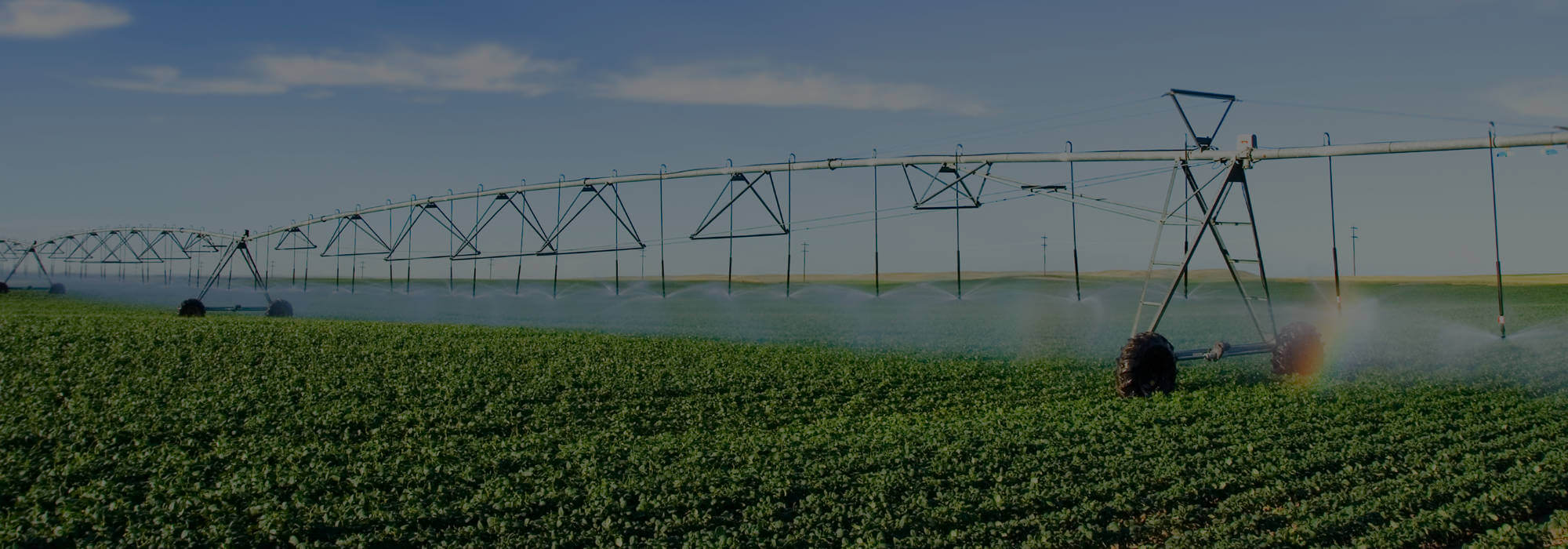05 Jul THE OGWRP WATERSHED PLANNING PROJECT PL-566 STEP-BY-STEP GUIDE
The Odessa Groundwater Replacement Program (OGWRP) is an aquifer rescue mission that ultimately benefits the residents of multiple communities at risk of losing their livelihood to a declining aquifer. In March 2022, $765,000 in funding from the Infrastructure Investment and Jobs Act was secured via a USDA Natural Resources Conservation Service (NRCS) PL-566 grant for development of the OGWRP Watershed Planning Project. The project, often simply referred to by its funding source, PL-566, represents what is expected to be the start of substantial additional funding for OGWRP.
The current grant requires the approval of a completed Watershed Plan before USDA NRCS funds can be tapped for OGWRP construction activities. This is procedural. USDA is new to OGWRP, and it has its own set of agency criteria that must be met for access to its program funding. The good news is that the OGWRP Watershed Planning Project can build on the significant investments continuing to be made by the State of Washington, Bureau of Reclamation, East Columbia Basin Irrigation District (ECBID), and ECBID producers.
In addition to grant administration and the selection of a contractor to write the plan, there are four primary steps to the OGWRP Watershed Planning Project:
- Preliminary Investigation Feasibility Report - COMPLETED
- Application for Federal Assistance - COMPLETED
- Watershed Plan Environmental Impact Statement – IN PROCESS
- Implementation of the Watershed Plan
Steps 1 and 2 are completed thanks to the effort of ECBID, Grant County Conservation District, U.S. Bureau of Reclamation (Reclamation), the support of Congressional Representatives, and Washington State Department of Ecology. Step 4 encompasses OGWRP construction activities, including design and construction plans; land rights, easements, and permits; operations and maintenance plans and agreements; project agreements for construction; and actual pump plant and lateral construction. Designs and construction plans already completed, as well as land rights and easement work currently underway, are already contributing to this step.
But, Step 3—the NRCS adoption of the environmental impact statement (EIS)--is the key procedural task required before the Watershed Plan can be approved and NRCS funding can be accessed for Step 4. Past experience with Reclamation’s Odessa Subarea Special Study (OSSS) EIS that led to OGWRP tells us that Step 3 is complex and has the potential to be time consuming. But, thanks to efforts by OGWRP partners, it is anticipated that NRCS will adopt the OSSS EIS to fulfill Step 3 requirements. This shortens the duration of Step 3, but doesn’t eliminate it. Among other tasks, this procedure requires a public meeting and comment period be held on NRCS’s adoption of Reclamation’s OSSS EIS.
Once this is complete, the approval process can begin. However, approval will also take time as, ultimately, congressional approval is required. Preliminary estimates place this milestone as far out as 2027, and as near as 2025. But, there are many factors and several unknowns yet to develop before a more solid timeline can be developed.
The take-aways for interested stakeholders can be summarized as “stay tuned.” ECBID and Grant County Conservation District will continue to keep stakeholders informed of developments via meetings and other communications. The League will also continue to disseminate information. And, eventually, the League will call on stakeholders to participate in advocacy in support of these efforts.
